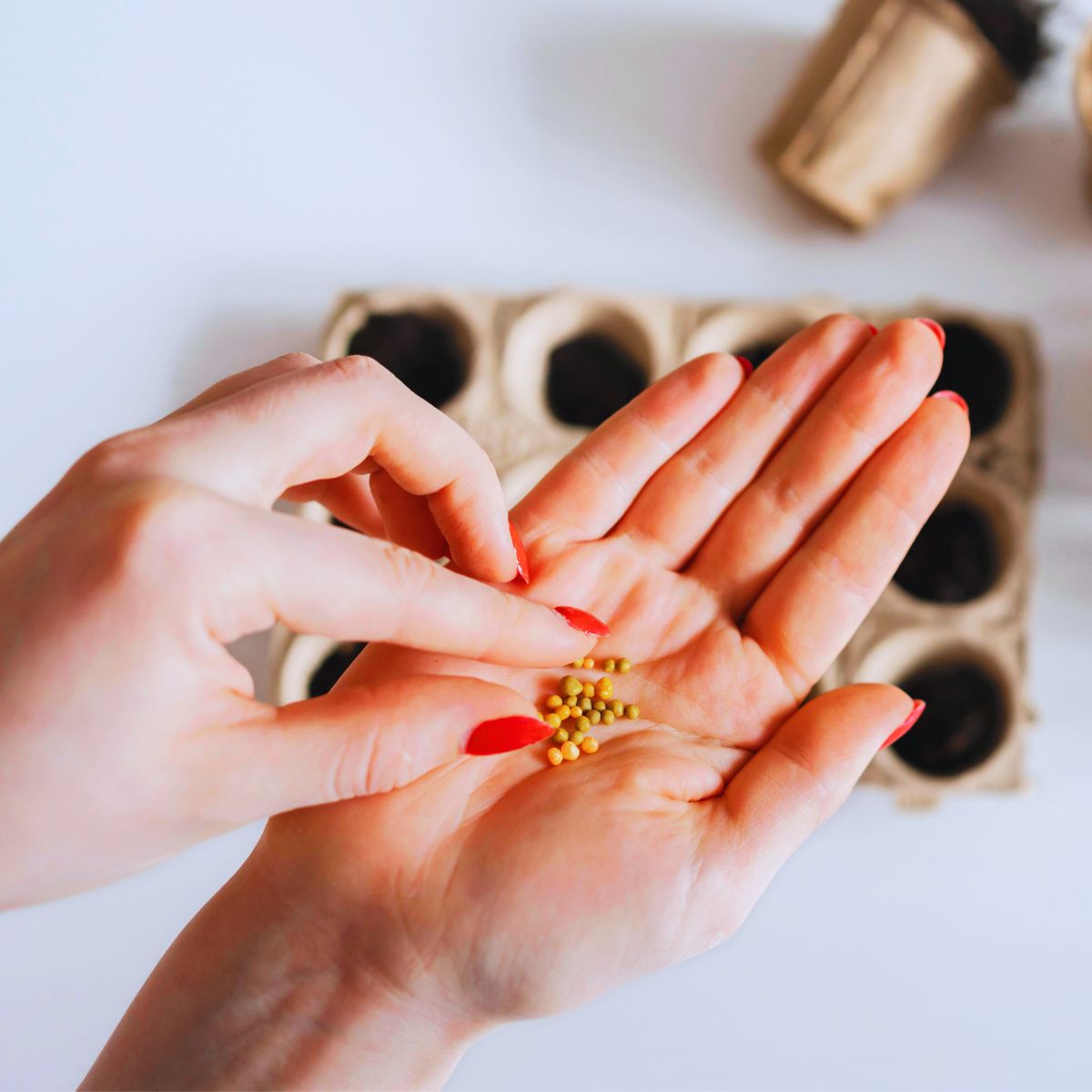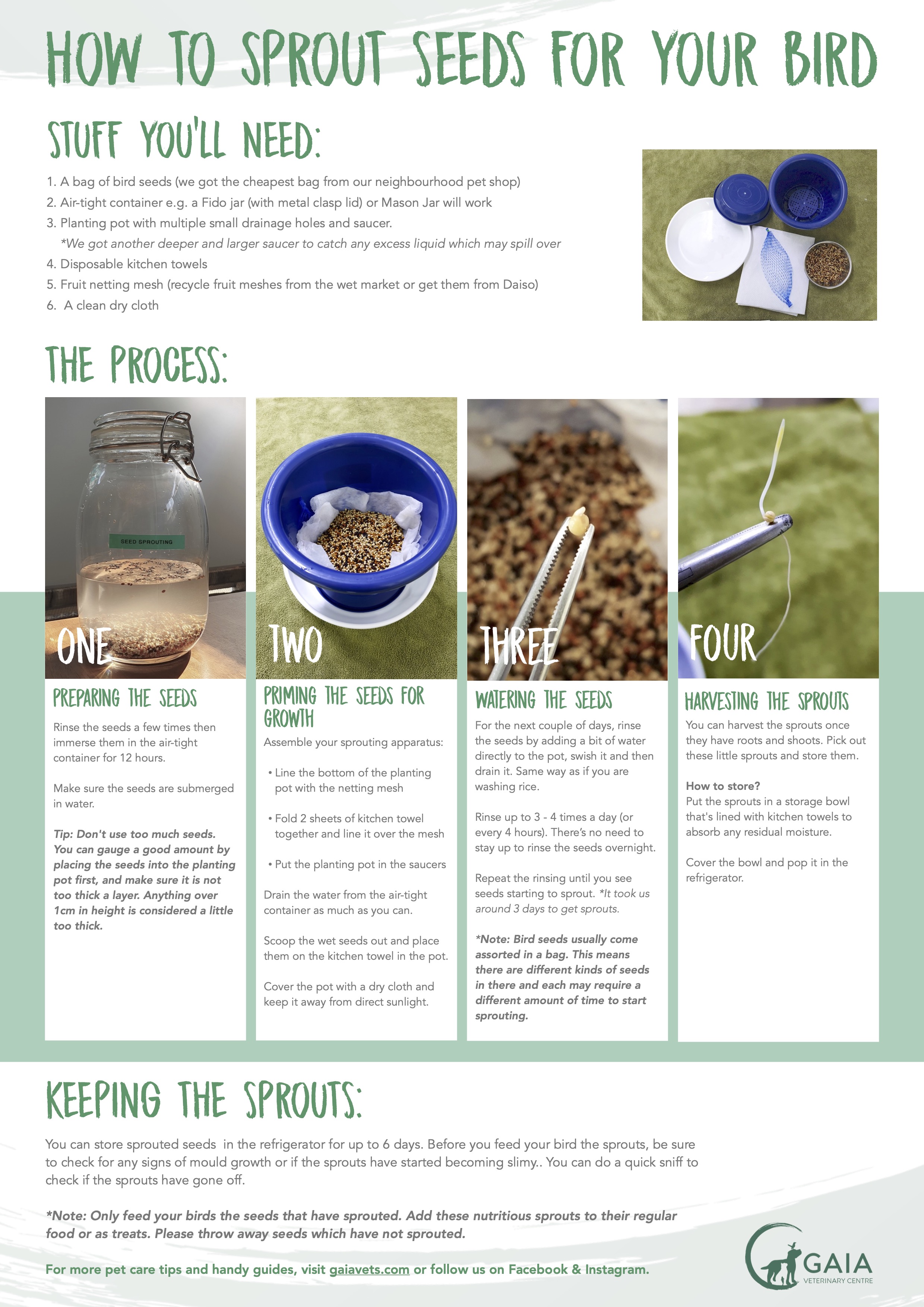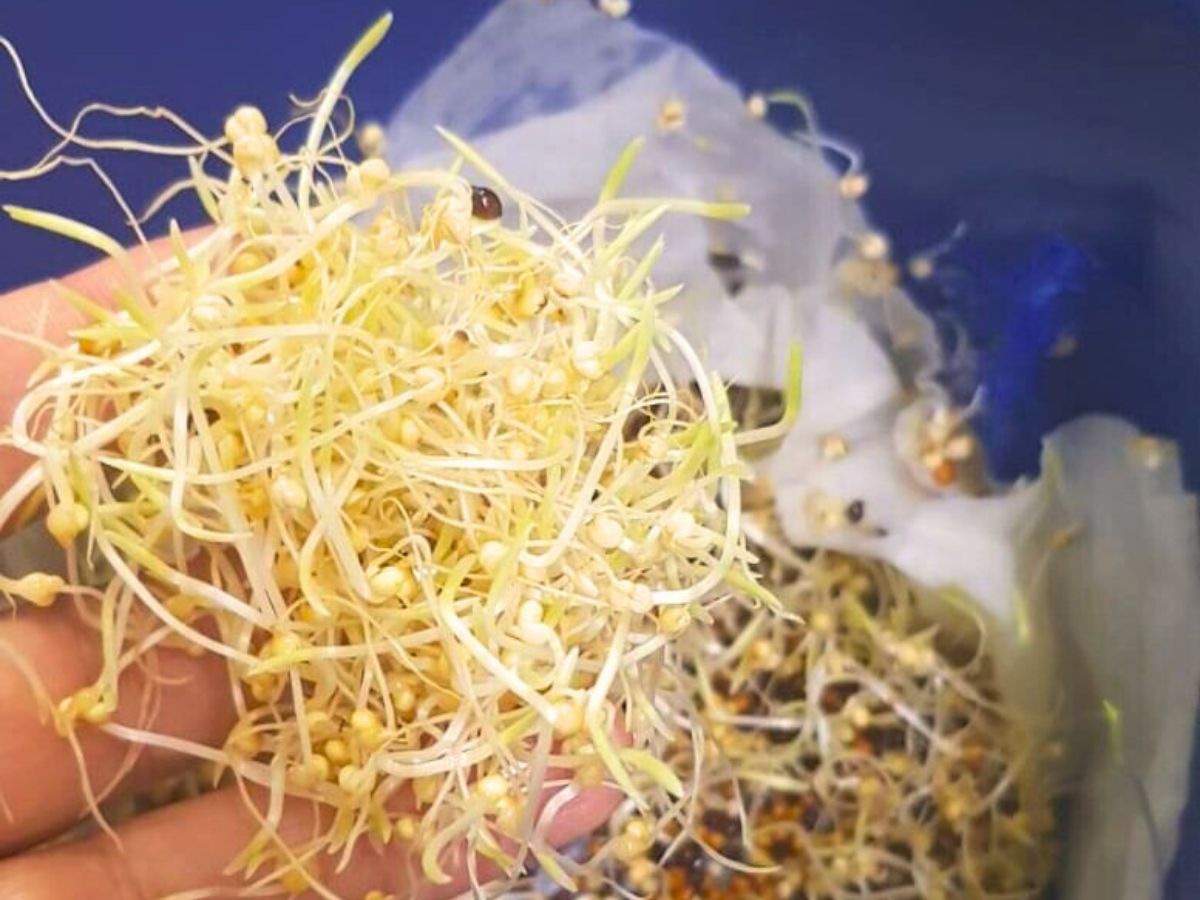Handy Guide: How To Sprout Seeds For Your Pet Bird
Article - 4 min read • Updated Apr 15, 2025
Reviewed by Dr. Arman Chen, BVSc (Qld.), BSc (Leic.)

We have shared here before that a seed-only diet for birds is not ideal. This is because seeds lack many essential vitamins and minerals that your pet bird needs.
But what's the alternative?
Sprouted seeds! Sprouting increases the nutritional value of seeds and is a natural, cheap and good way to add nutrients to your pet birdie’s diet.
How to Sprout Seeds For Your Pet Bird Easily
Here’s a step-by-step guide on seed sprouting, which is an excellent source of nutrition for your birds. Simply click the image to download a higher resolution PDF for your own reference.

Most of our seeds sprouted successfully by Day 5. Counting the submerging step as Day 0, you should be seeing tiny sprouts emerging from the seeds from Day 1 or Day 2 onwards. For us, most of the seeds sprouted by Day 5.

What Type of Seeds Can You Sprout for Birds?
We simply sprouted the cheapest bag of bird seeds we can get from our neighbourhood pet shop. But if you want to be more specific, here are some bird-safe seeds to try:
- Mung beans
- Lentils
- Sunflower seeds (hulled)
- Alfalfa
- Buckwheat
- Fenugreek
Note that certain seeds that should not be used for sprouting, e.g. apple seeds or treated seeds.
How to Feed Sprouted Seeds to Your Bird
Once your seeds have sprouted, it’s time to introduce them to your bird’s diet — but gradually and safely.
How Much To Feed?
Sprouted seeds should make up no more than 10–20% of your bird’s total daily diet, depending on the species. For example, larger birds like African greys can enjoy 1–2 tablespoons a day, while budgies or cockatiels may need just 1–2 teaspoons.
Rinse Before Feeding
We recommend rinsing sprouts with fresh water before feeding them to your bird. This removes any lingering bacteria and keeps the sprouts crisp and fresh.
Feeding Methods
If you are only starting to add sprouts to your bird’s diet, please do so gradually. Most birds should eat them but if your bird is showing resistance or seems uninterested, you can chop up the sprouts and add them to his favourite food or treat until he gets used to the taste and texture.
You may try to
- Offer sprouts in a clean dish by themselves.
- Mix with chopped veggies for a nutrient-rich salad.
- Add a small portion to the bird’s foraging tray for enrichment and stimulation.
Sprouted seeds are best served fresh, ideally within a few hours of rinsing.
Frequency
Start by feeding 2–3 times a week and monitor your bird’s droppings, appetite, and behaviour. Gradually increase the frequency if your bird is responding well.
How to Store Sprouted Seeds Safely
Sprouted seeds are highly perishable, so proper storage is key to keeping your bird safe from food-borne illness.
Refrigeration
Store sprouted seeds in a sealed container in the fridge. Keep for up to 6 days maximum.
Use glass containers or vented plastic boxes with paper towels to reduce moisture buildup. Excess moisture creates a good breeding ground for bacteria to grow.
Daily Rinsing
Even when refrigerated, it’s important to rinse sprouts daily to keep them fresh and prevent bacterial growth.
When to Throw Away Sprouts
- Smell: Sour or musty scent = toss.
- Texture: Slimy or mushy = toss.
- Appearance: Visible mould or darkened roots = toss.
It’s better to be cautious as birds are sensitive to spoiled food.
Bonus Tip: Never mix fresh sprouts with old ones. Doing so can contaminate the entire batch.
It your bird is still not into sprouted seeds despite your best efforts, you can try converting your bird to a pellet diet. Check out this article for how to do so.
If you need more advice on keeping birds and bird health, feel free to book a consult with us at Gaia Vets.